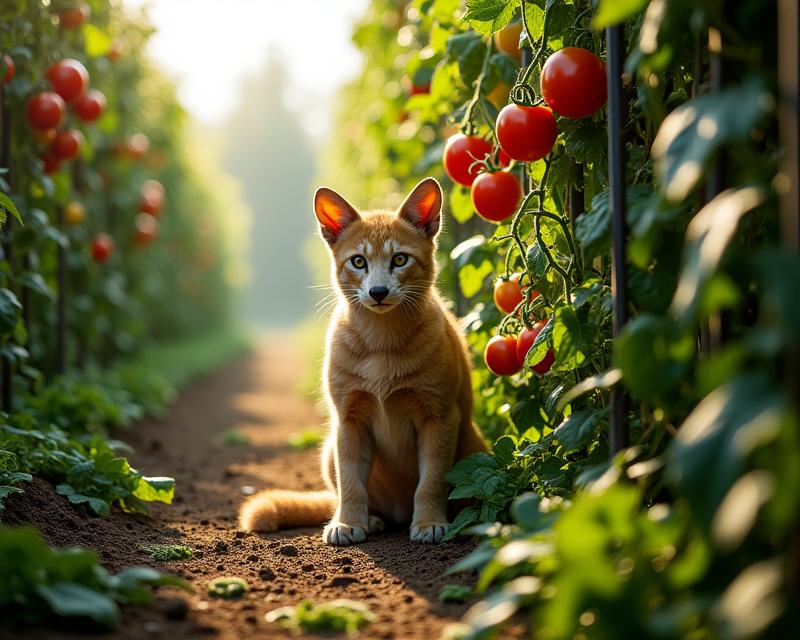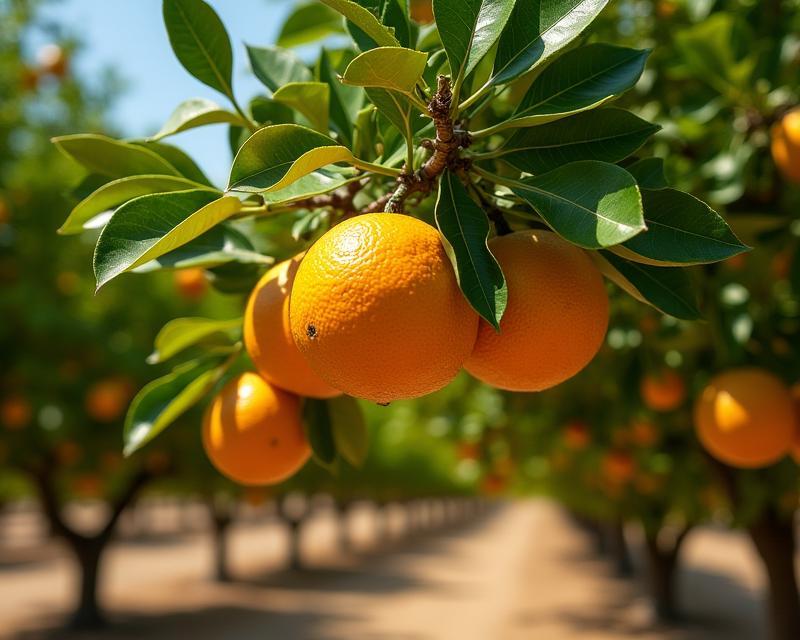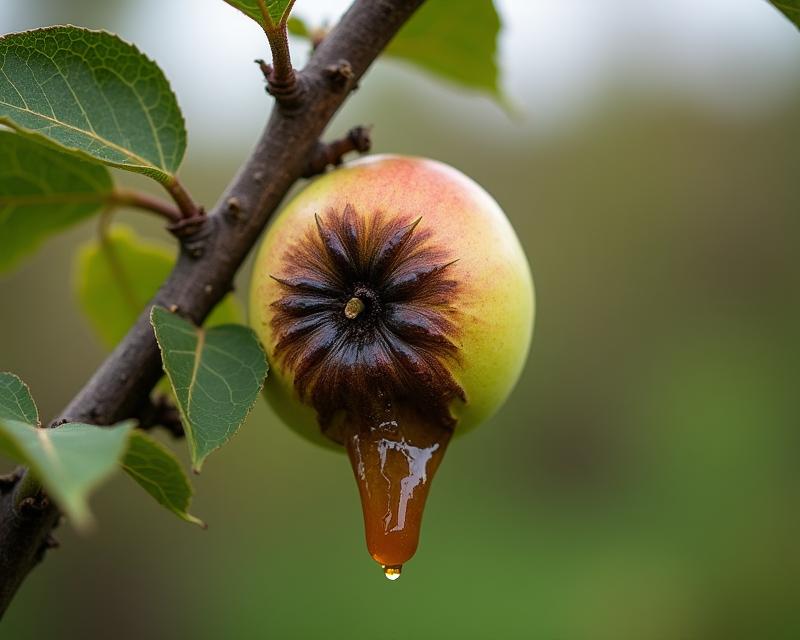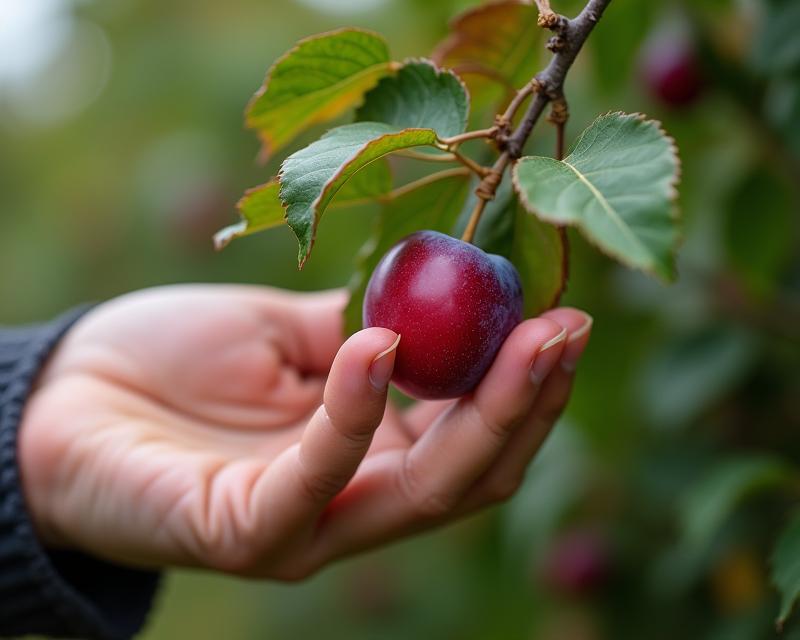Vertical Veggies: Grow Up, Not Out!
Publish in Crops el 05/07/2025 02:24
Vertical Gardening for Vegetables: Maximize Your Yield!
Space is often a premium on farms and in gardens. But what if you could dramatically increase your vegetable production without expanding your footprint? Enter vertical gardening! This method utilizes structures to grow plants upwards, creating a stunning and highly productive garden. It's a fantastic solution for small spaces, limited soil, or simply for maximizing your harvest.

Why Go Vertical?
Vertical gardening offers a wealth of benefits. Firstly, it significantly increases yield. By growing upwards, you're essentially doubling or even tripling the amount of vegetables you can grow in the same area. Secondly, it improves air circulation, which helps to reduce the risk of fungal diseases. Thirdly, it makes harvesting easier on your back! No more bending and stooping – everything is within easy reach. Finally, it can create a beautiful and visually appealing addition to your farm or garden.
Popular Vertical Structures
There are several ways to implement vertical gardening. Trellises are a classic choice, perfect for climbing vegetables like tomatoes, cucumbers, beans, and peas. Towers, often made from stacked containers or repurposed materials, provide individual planting spaces for a variety of crops. Hanging baskets are ideal for herbs, strawberries, and trailing vegetables like cherry tomatoes. You can even create DIY vertical gardens using pallets, old ladders, or repurposed pipes! The possibilities are endless and limited only by your imagination and budget.
Getting Started
To start your vertical garden, consider the sunlight requirements of your chosen vegetables. Most vegetables need at least 6-8 hours of sunlight per day. Choose a location that receives adequate sunlight. Also, ensure your vertical structure is sturdy enough to support the weight of the plants, especially when they are mature and laden with fruit. Finally, use a good quality potting mix that drains well. Regular watering and fertilization are essential for healthy growth. With a little planning and effort, you can transform a small space into a bountiful vertical vegetable garden!
Resources
Many online resources and local extension offices offer detailed guides and tips for vertical gardening. Don't hesitate to explore these resources to learn more and find inspiration for your own vertical garden project. Happy growing!





